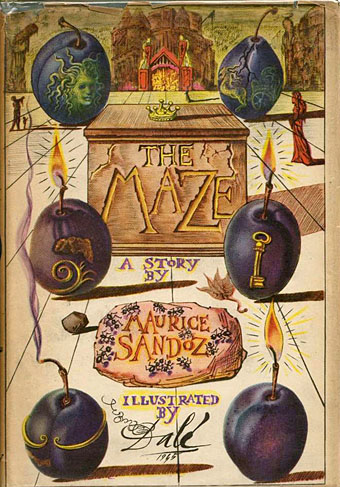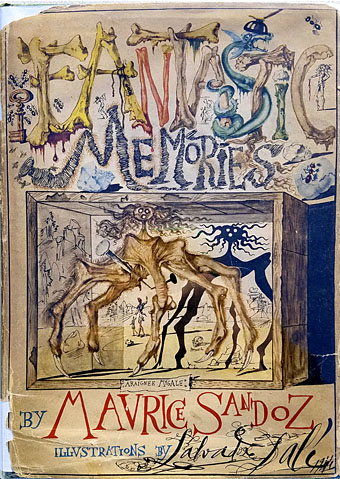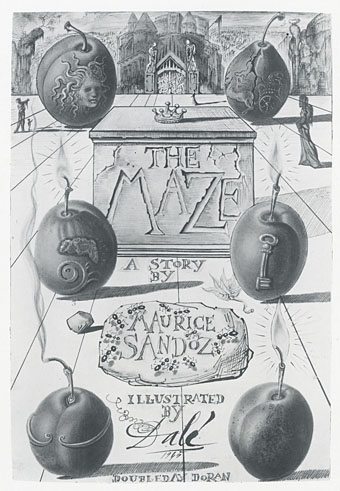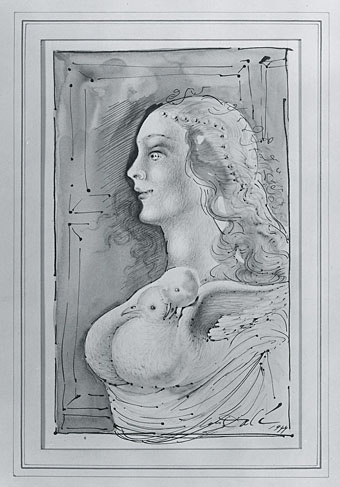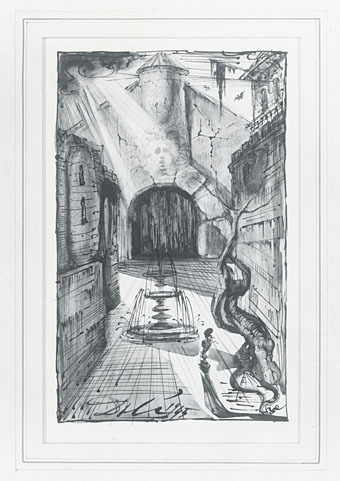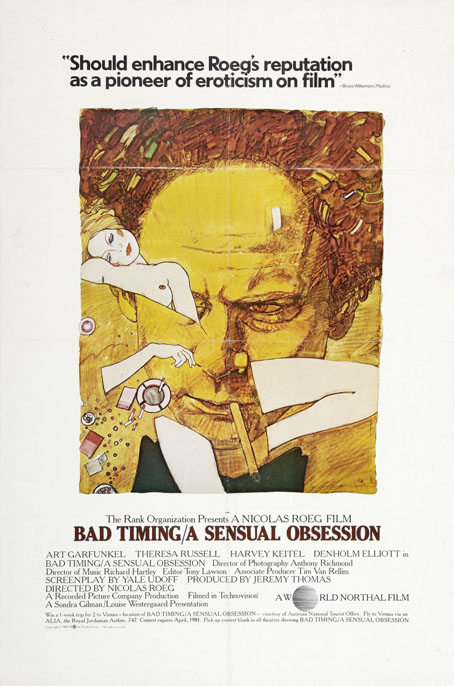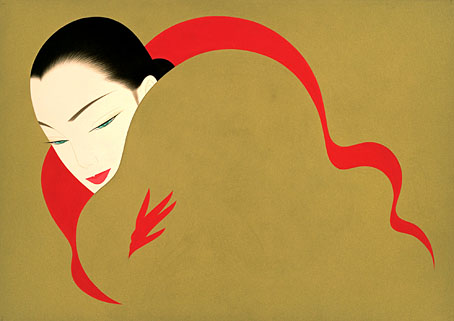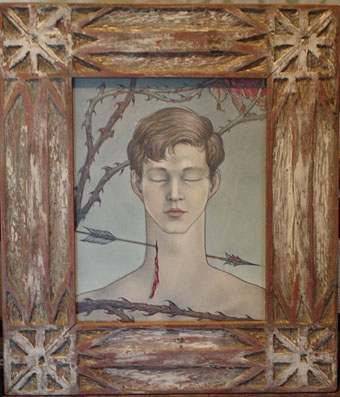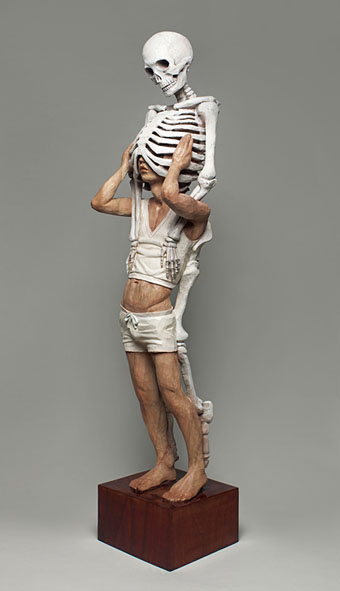Maurice Yves Sandoz (1892–1958) was a Swiss composer and writer who published a handful of works of fantastic fiction, none of which are especially well-known today. One of these, a novel entitled Le Labyrinthe (1945), will be familiar to most people via the film version directed by William Cameron Menzies in 1953, Menzies’ final effort in a chequered directing career. The Maze is a low-budget horror film that was shot in 3-D, and which works well for the most part, at least until its rather absurd ending. I hadn’t heard about the novel until a recent conversation with the knowledgeable Mr TjZ during which he mentioned that Salvador Dalí had illustrated Sandoz’s novel when it was republished by Doubleday, Doran in 1945. Dalí illustrated a number of novels throughout his career but The Maze is one of the few original works (as opposed to a reprint of a classic), the fruit of Sandoz’s social connections with the art world. 1945 was the year that Dalí’s brand of Surrealism was fully embraced by America—he was working on Hitchcock’s Spellbound at this time—so it’s surprising that Sandoz’s novel isn’t better known. Dalí also provided illustrations for two collections of Sandoz’s short stories: Fantastic Memories (1944) and On the Verge (1950).
I haven’t seen a copy of the novel so the illustrations here are no doubt wrongly sequenced. Secondhand copies of the Dalí Sandoz titles aren’t as expensive as you’d imagine so I’m tempted to track down copies. I’m also curious to know how the novel compares to the film. Thanks to TjZ for the tip!
(And having written the above, I notice from my tags for the post that I’d linked to copies of the short story illustrations in a weekend posting several years ago. Among other things, this blog is a useful memory jolt. But The Maze was definitely news.)

